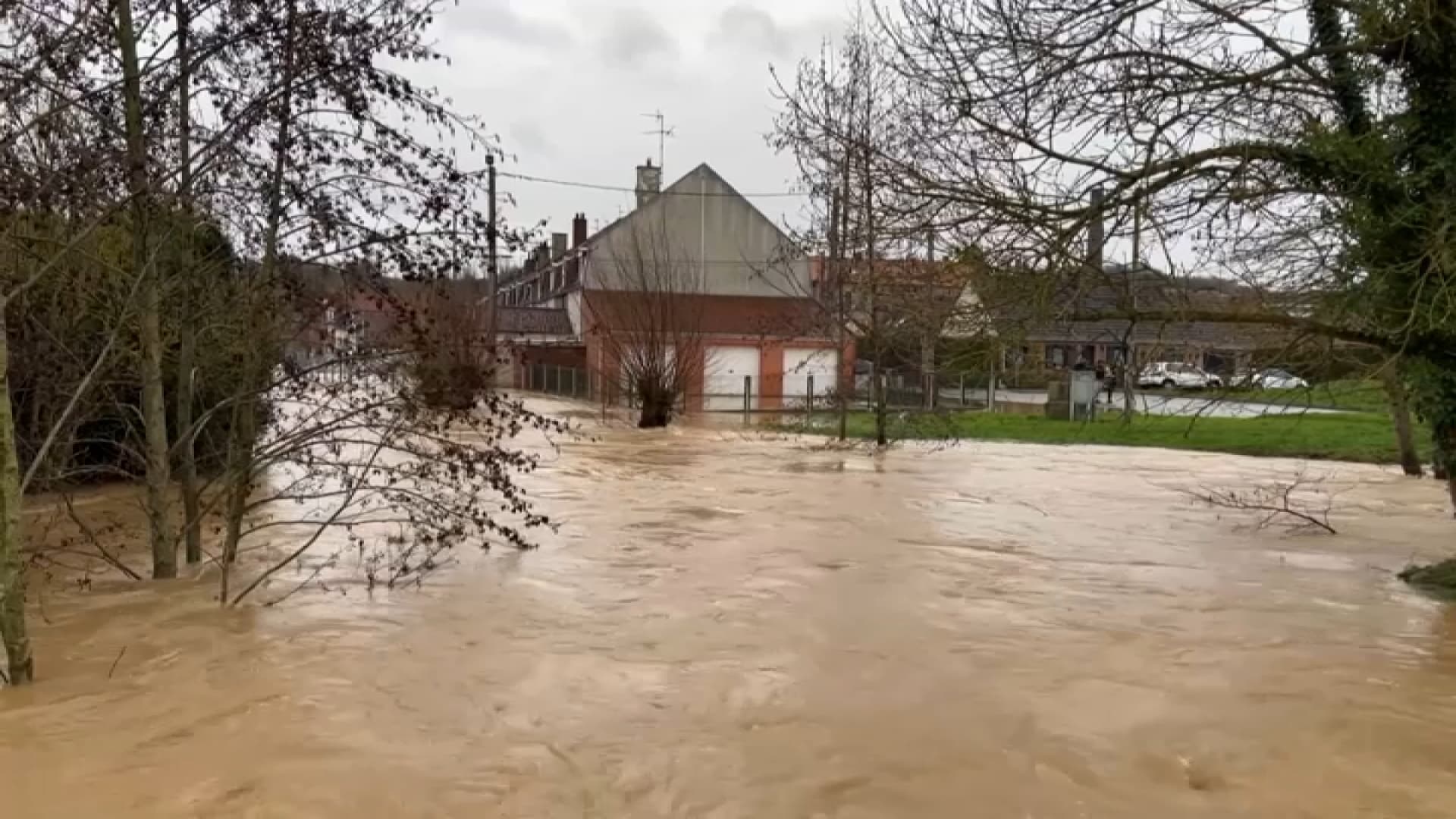
Incendie En Direct : Residents Cornered by Devastating Wildfires in Northern Los Angeles
The Unfolding Catastrophe
Wildfires have ravaged the northern regions of Los Angeles, trapping residents in a terrifying inferno. The fires, driven by relentless winds, have engulfed thousands of acres, leaving behind a trail of destruction and despair. Homes have been reduced to ashes, communities have been evacuated, and the air hangs heavy with smoke and fear.
As the fires continue to spread, residents are facing a desperate situation. Many have been forced to flee their homes, seeking refuge in evacuation centers or with friends and family. Others remain trapped, unable to escape the flames that surround them. Firefighters are battling tirelessly to contain the blazes, but their efforts are being hampered by extreme weather conditions and the sheer scale of the disaster.
Underlying Causes and Contributing Factors
The wildfires in northern Los Angeles are a stark reminder of the growing threat posed by climate change. Rising temperatures and prolonged droughts have created ideal conditions for wildfires to ignite and spread rapidly. Additionally, the region's dense vegetation and rugged terrain make firefighting efforts extremely challenging.
Experts have also highlighted the role of land use planning and fire prevention measures in contributing to the severity of these wildfires. Urban sprawl has resulted in homes being built in fire-prone areas, increasing the risk of ignition and making it harder for residents to evacuate safely.
Perspectives and Controversies
The wildfires have ignited a heated debate about the best way to manage and mitigate their impact. Some argue for stricter fire prevention regulations and more proactive land use planning. Others believe that the focus should be on improving firefighting capabilities and providing better support for affected communities.
There is also a growing chorus of voices calling for a more comprehensive approach that addresses the underlying causes of climate change. Critics point out that relying solely on firefighting and evacuation measures is not a sustainable solution in the long term.
Case Studies and Human Impact
Lost Homes and Shattered Lives: The wildfires have left an indelible mark on the lives of those who have lost their homes and possessions. Many families have been displaced, struggling to cope with the emotional and financial burden of rebuilding their lives.
Air Quality Concerns: The smoke and ash from the wildfires have created significant air quality hazards. Residents in affected areas have been advised to limit their exposure and wear protective masks when outdoors. Long-term exposure to wildfire smoke can lead to respiratory problems, heart disease, and other health issues.
Ecological Devastation: The wildfires have also had a devastating impact on the region's ecosystem. Thousands of acres of natural habitat have been destroyed, displacing wildlife and threatening biodiversity. The recovery of these ecosystems could take many years.
Recommendations and Future Actions
To address the complex challenges posed by wildfires, a multifaceted approach is required that includes the following measures:
- Strengthening Fire Prevention: Implementing stricter building codes and fire safety regulations to reduce the risk of ignition.
- Proactive Land Use Planning: Restricting development in fire-prone areas and promoting defensible space around homes.
- Enhancing Firefighting Capabilities: Investing in firefighting technology, equipment, and training to improve the effectiveness of wildfire suppression efforts.
- Supporting Affected Communities: Providing financial assistance, housing, and other support services to those who have lost their homes or been displaced.
- Addressing Climate Change: Reducing greenhouse gas emissions and investing in renewable energy to mitigate the underlying causes of wildfires.
Conclusion
The wildfires in northern Los Angeles are a tragic reminder of the urgent need to address the growing threat posed by wildfires. By understanding the complex causes and consequences of these disasters, and by implementing comprehensive mitigation and management strategies, we can work towards a future where communities are better protected and the devastating impact of wildfires is reduced.
As the fires continue to burn, our thoughts and prayers go out to those who have been affected. May we all find the strength and resilience to overcome this unprecedented challenge and emerge stronger as a community.
Post a Comment